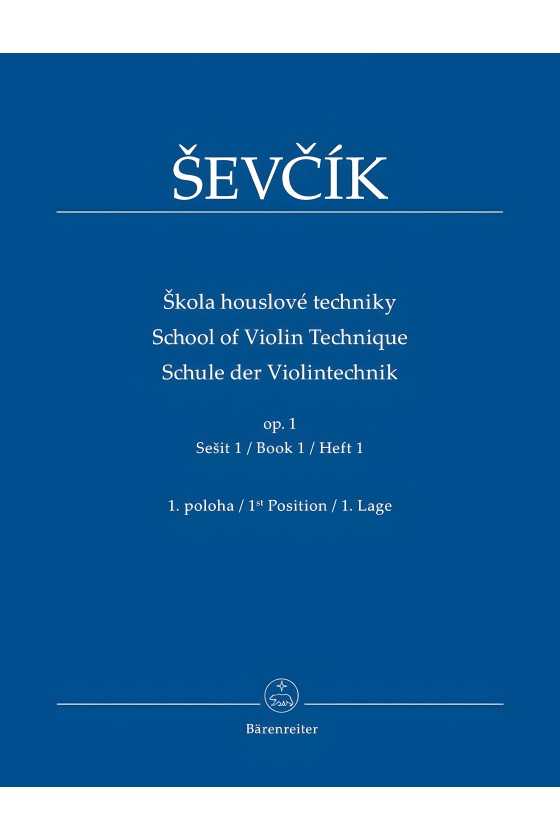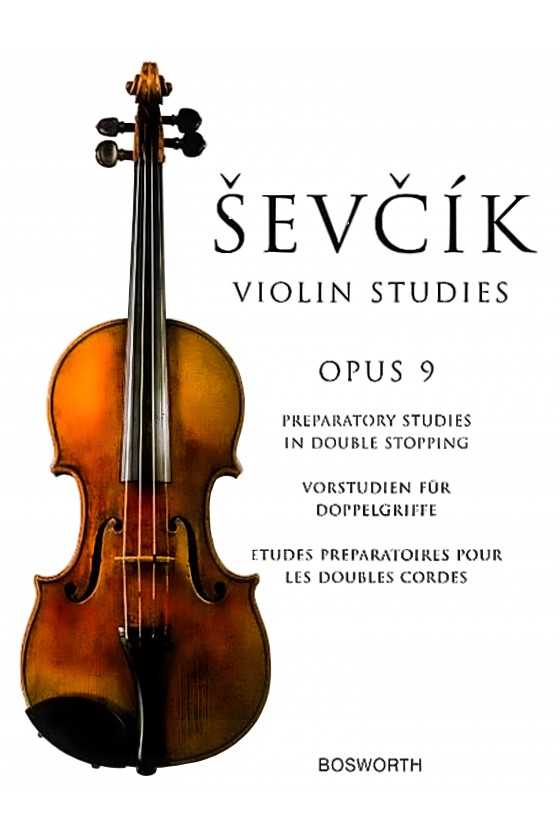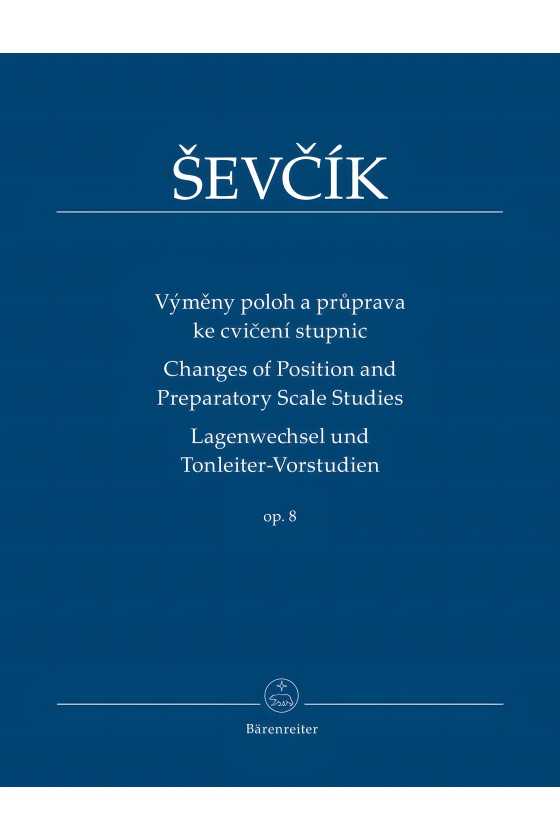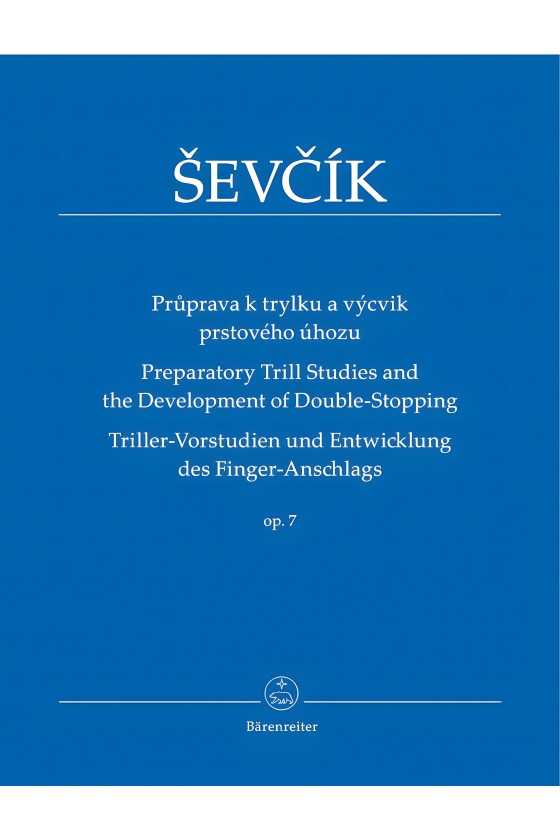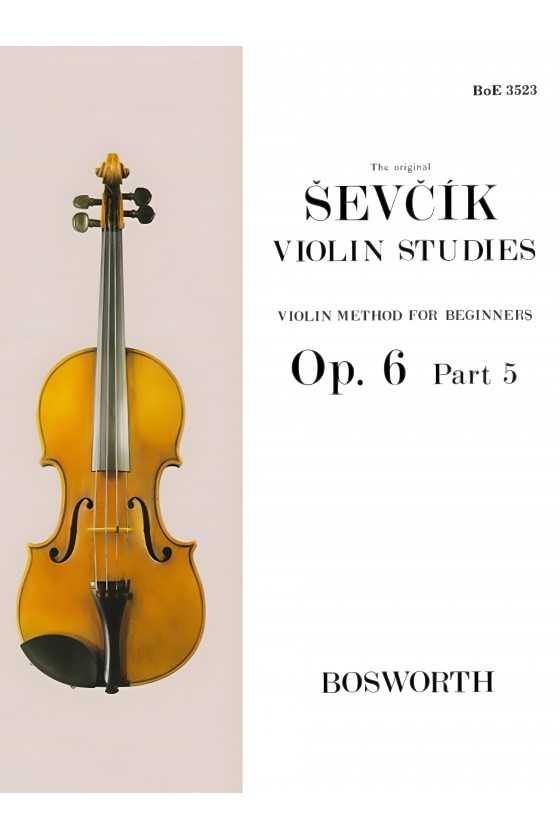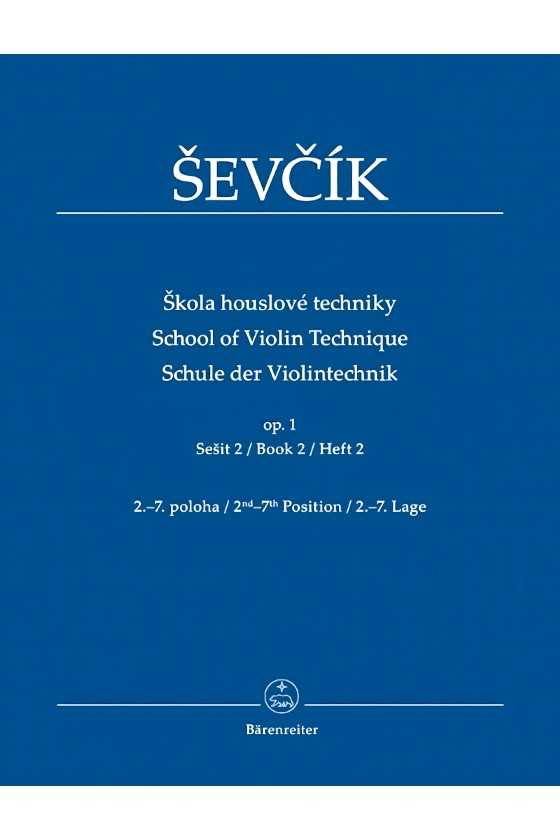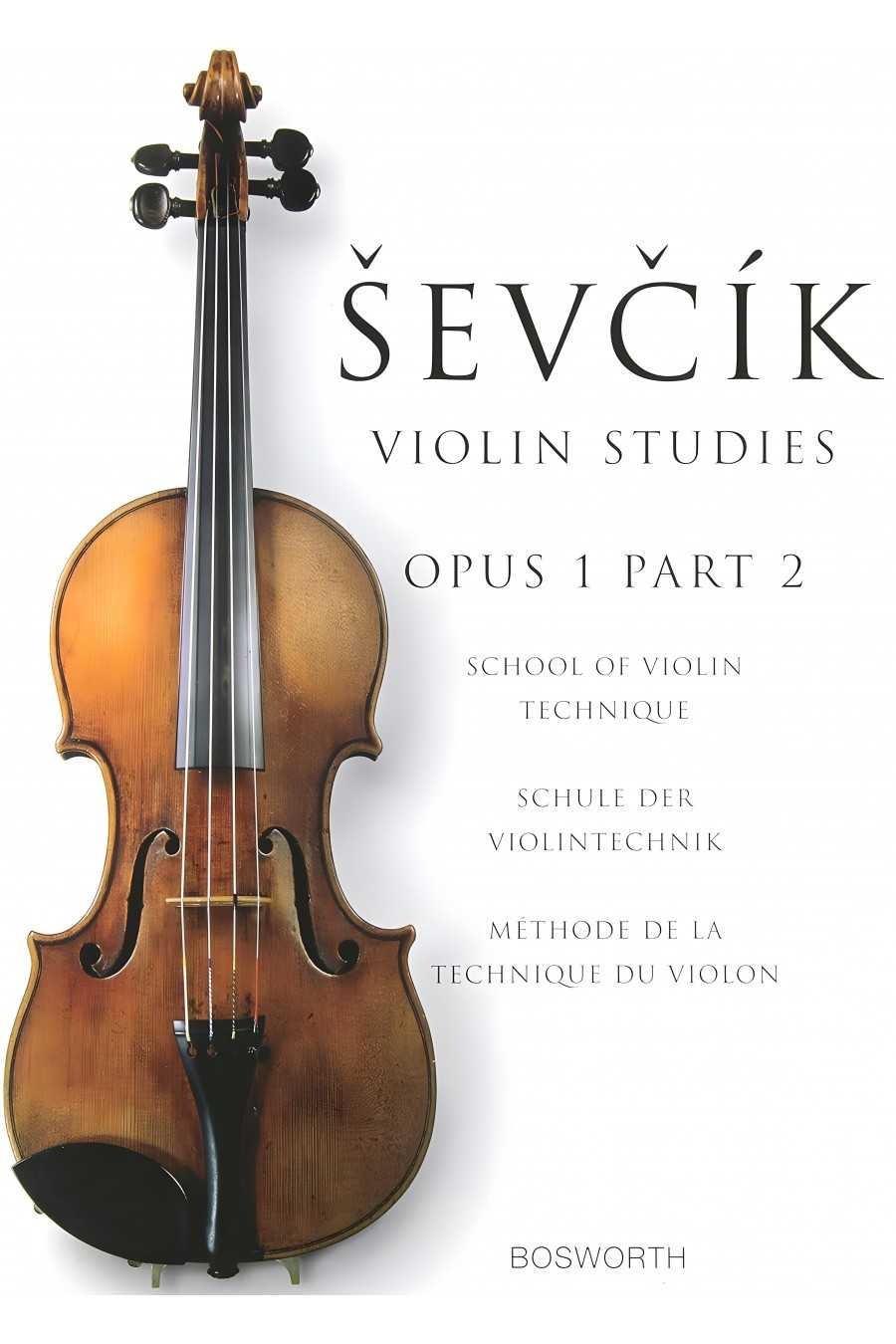
Ševcík School of Violin Technique op 1 1st Position Vol 1 (Baerenreiter)
Ševcík’s “Violin School” is a timeless guide that covers all aspects of violin technique, including basic exercises, specific techniques, and detailed analyses of standard concertos. The new edition of Ševcík’s “School of Violin Technique” op. 1 consists of four books and includes other sources from Ševcík’s posthumous papers. Jaroslav Foltýn, a violin professor at the Prague Conservatory, provides the methodological commentary.
• There are new editions of a violin method that generations of violinists have used available.
• The seminal work of a renowned violin educator.
• Each book includes an editorial commentary with a methodology in Czech, English, and German languages by the editor.
• Bärenreiter has recently released a new series of publications featuring Ševcík’s major works.



